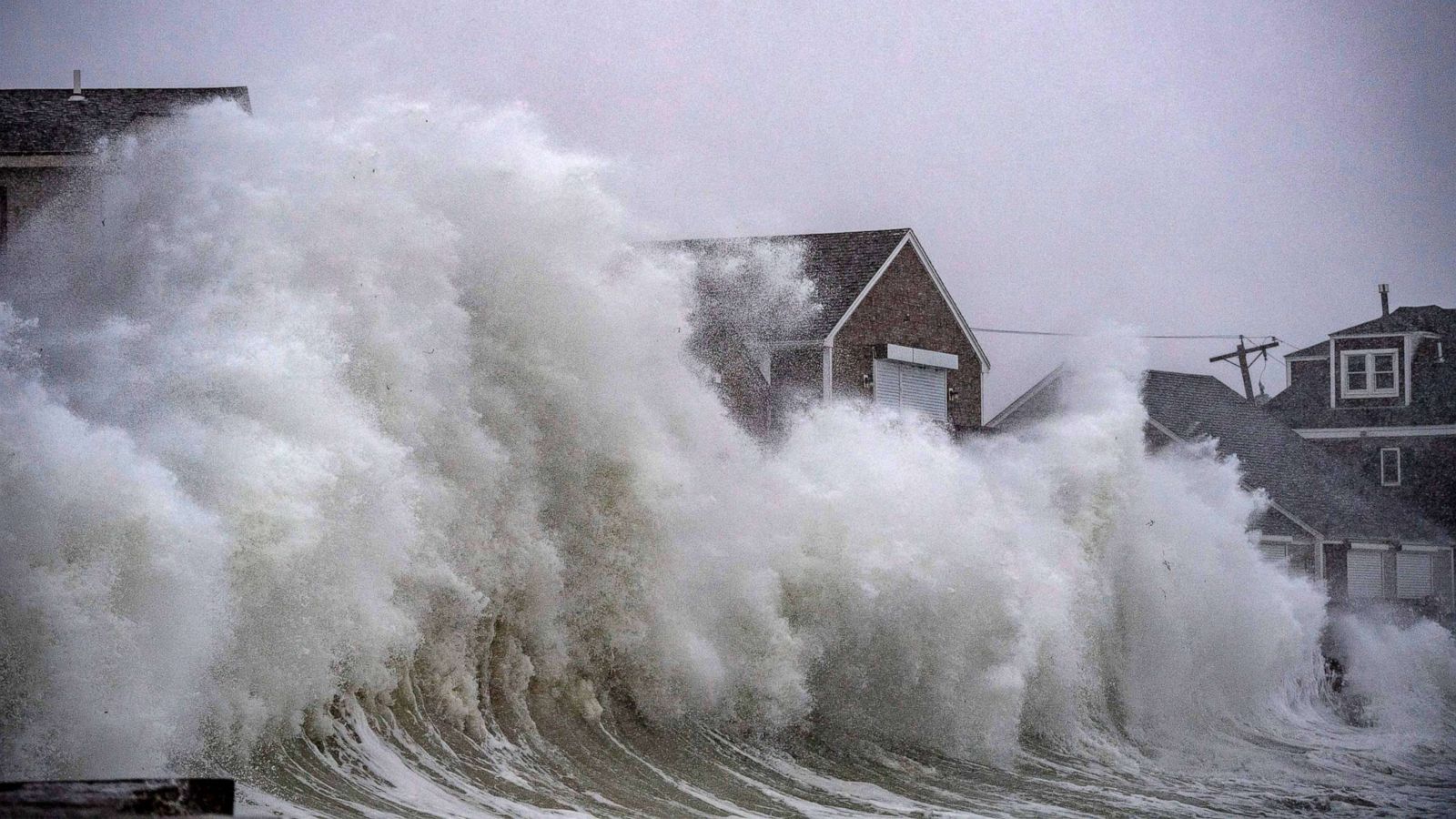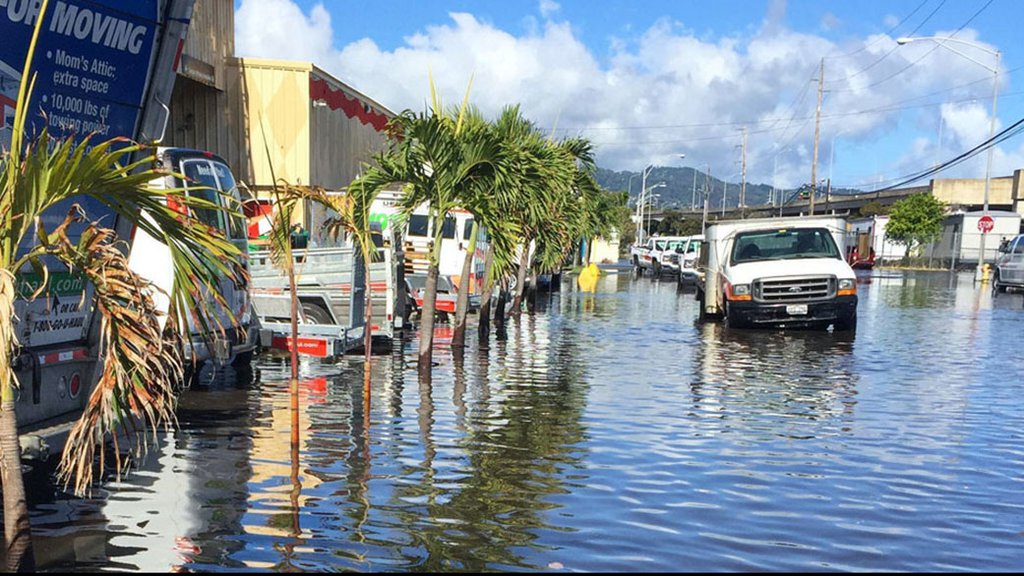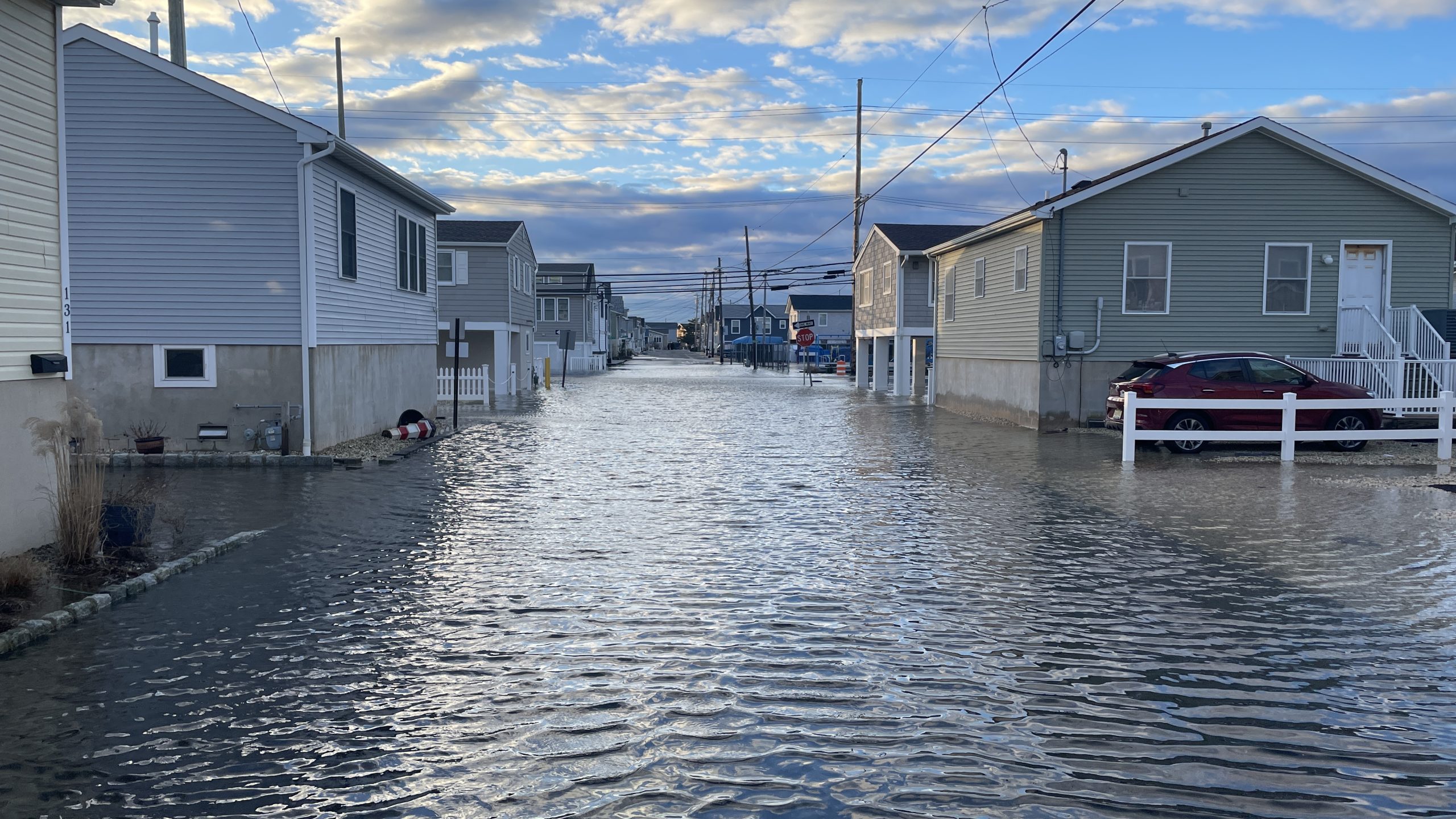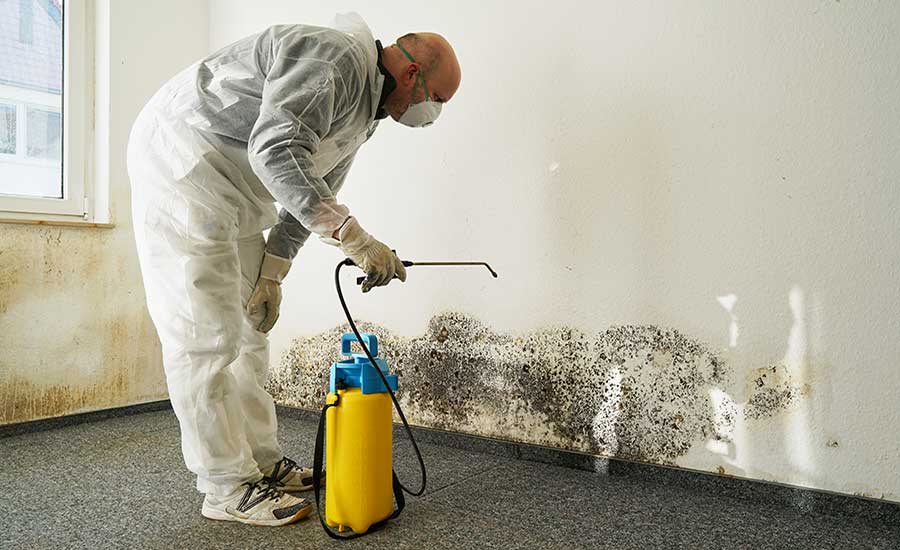
What Is a Coastal Flood Advisory?
A Coastal Flood Advisory is issued by the National Weather Service (NWS) when minor to moderate flooding is likely to affect low-lying areas along the coast. These advisories are often associated with extreme weather conditions, including high tides, storm surges, tropical storms, hurricanes, or excessive rainfall. While a Coastal Flood Advisory typically signals a lower level of flooding than a warning, it still requires attention and preparation to avoid water damage and safety hazards.
The advisory indicates that flooding may occur along streets, parking lots, or coastal roads, potentially making travel difficult and posing risks to homes, businesses, and infrastructure in flood-prone areas.
For more information on the different levels of flood alerts, check out the National Weather Service’s guide on flood alerts.
What Causes Coastal Flooding?

Coastal flooding occurs when water levels rise to an extent that they overflow onto normally dry land near the coast. Several factors can lead to a Coastal Flood Advisory, including:
1. High Tides and King Tides
High tides and seasonal “king tides” occur naturally but can be especially dangerous when combined with strong winds or other weather patterns. These exceptionally high tides can cause coastal water levels to rise above the normal shoreline, flooding low-lying areas.
2. Storm Surges
Storm surges happen when strong winds from hurricanes, tropical storms, or severe weather push ocean water inland. This causes water levels to rise quickly and can result in significant flooding along coastlines. Even areas that are not directly hit by a storm can experience flooding from the storm surge.
3. Heavy Rainfall
Excessive rainfall during storms, hurricanes, or tropical depressions can overwhelm drainage systems in coastal areas, causing water to back up and flood streets, homes, and properties. Coastal flood advisories are often issued in conjunction with storm warnings to alert residents of potential flood risks.
4. Wind-Driven Waves
Strong winds can create large waves that push water ashore, especially during storms or high tide events. These wind-driven waves can erode beaches and lead to coastal flooding, particularly in areas that are already vulnerable to rising tides.
How to Prepare Your Home During a Coastal Flood Advisory

Preparing for a coastal flood is crucial to minimize property damage and ensure the safety of your family. Here’s a step-by-step guide on how to protect your home and reduce the risks associated with coastal flooding:
| Step | What to Do |
|---|---|
| 1. Stay Informed | Sign up for local weather alerts or download a weather app to stay informed about coastal flood advisories. The National Weather Service and local government agencies will provide up-to-date information on expected flooding, evacuation orders, and safety measures. |
| 2. Secure Outdoor Items | Bring in or secure outdoor furniture, grills, and loose objects to prevent them from being swept away by floodwaters. High winds and rising water can move outdoor items and cause damage to your property or nearby structures. |
| 3. Elevate Valuables | Move valuable items, electronics, and important documents to higher levels of your home to keep them safe from potential floodwaters. If possible, store important belongings in waterproof containers. |
| 4. Protect Your Home’s Foundation | Use sandbags or flood barriers around your home’s foundation, doors, and windows to prevent water from seeping inside. If your home is located in a flood-prone area, consider investing in permanent flood barriers or retrofitting your foundation to improve flood resistance. |
| 5. Turn Off Utilities | Before flooding occurs, turn off gas, electricity, and water supplies to prevent damage or hazards like gas leaks and electrical fires. If you have sump pumps or other flood mitigation systems, make sure they are functioning properly. |
| 6. Prepare for Evacuation | If local authorities issue an evacuation order, it’s important to leave immediately. Make sure to have an emergency kit ready with essentials like water, food, medications, and important documents. Keep your car fueled and have an evacuation plan in place for your family and pets. |
Taking these steps before a flood occurs can help reduce the damage to your property and keep your family safe. Learn more about flood prevention and safety from the Federal Emergency Management Agency (FEMA).
What to Do After a Coastal Flood
Once the floodwaters recede, the real work begins. Coastal flooding can leave behind damage, debris, and health hazards like mold growth, so it’s important to clean up quickly and safely. Here’s what to do after a coastal flood:
1. Wait for Local Authorities to Signal It’s Safe
Before re-entering your home, wait for local authorities to declare it safe. Floodwaters can damage electrical systems, foundations, and other critical components of your home, so it’s important to get the all-clear before going back inside.
2. Document the Damage
Take photos and videos of any damage to your property for insurance purposes. Be thorough and document everything, from waterlogged furniture to structural damage, as this will help when filing your insurance claim.
3. Clean Up Safely
Wear protective gear, including gloves, boots, and masks, when cleaning up after a flood. Floodwater may contain contaminants, sewage, or chemicals that can pose health risks. Disinfect all surfaces and throw away any items that were submerged in floodwater and cannot be properly cleaned.
4. Prevent Mold Growth
One of the biggest risks after coastal flooding is mold. Mold can start growing within 24-48 hours in damp environments, so it’s crucial to dry out your home as soon as possible. Use fans, dehumidifiers, and open windows to promote airflow. If mold growth is already present, professional mold removal services like Citywide Mold Mitigation can help prevent long-term damage.
For more guidance on flood recovery, visit the American Red Cross’s flood recovery page.
When to Call Citywide Mold Mitigation for Help

If your home has been affected by coastal flooding, it’s important to take immediate steps to prevent further damage. Mold, water damage, and structural issues can result from even minor flooding. Citywide Mold Mitigation offers expert flood damage restoration, mold removal, and long-term moisture control to protect your home from future floods. Contact us today for a consultation and to learn more about our flood recovery services.
FAQ
| Question | Answer |
|---|---|
| What is a Coastal Flood Advisory? | A Coastal Flood Advisory is issued when minor to moderate flooding is expected along the coast due to high tides, storm surges, or heavy rainfall. While less severe than a flood warning, these advisories still require preparation to prevent property damage. |
| What causes coastal flooding? | Coastal flooding can be caused by high tides, storm surges, heavy rainfall, or wind-driven waves. These conditions can push water inland, flooding low-lying areas along the coast. |
| How can I protect my home during a Coastal Flood Advisory? | You can protect your home by sealing doors and windows with sandbags, securing outdoor items, elevating valuables, and turning off utilities. Stay informed about local weather updates and be prepared to evacuate if necessary. |
| How long does it take for mold to grow after a flood? | Mold can start growing within 24-48 hours in damp environments. It’s crucial to dry out your home as quickly as possible to prevent mold from spreading after a flood. |
| When should I call a professional for flood damage? | If your home has experienced significant water damage or if you’re dealing with mold growth after a flood, it’s best to call a professional like Citywide Mold Mitigation to ensure proper cleanup and restoration. |
If you’re dealing with coastal flood damage, contact Citywide Mold Mitigation for professional mold and flood restoration services today.

